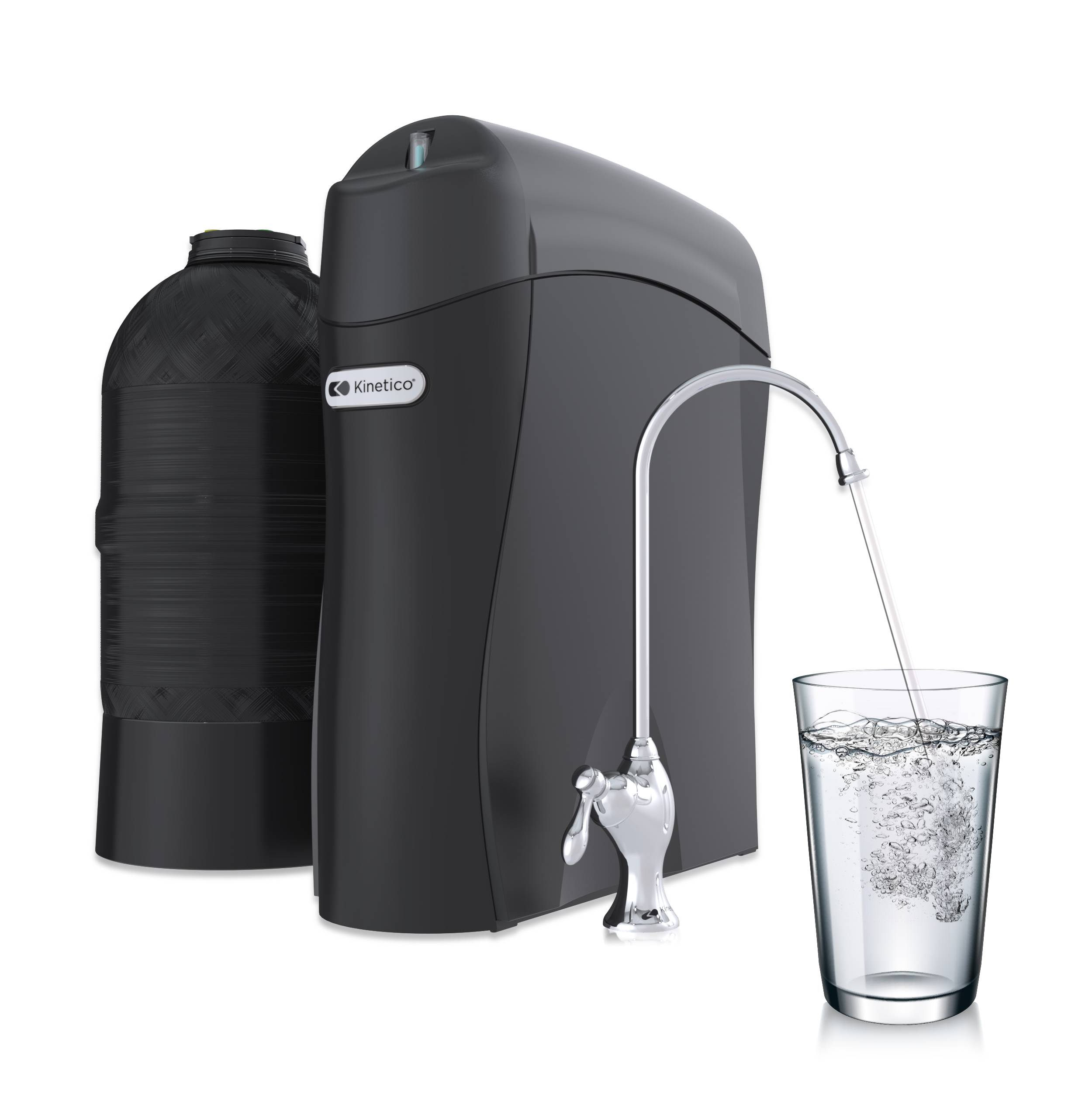In an earlier blog I wrote about the problems associated with hard water. If you’ll recall, hardness is made up of mostly calcium and magnesium and causes scale build up on fixtures, plumbing and appliances. It also leaves behind a sticky residue on skin and hair. It is important to keep in mind that although a water softener will solve your hard water issues with ease, a softener is not designed to treat all your water troubles.
Besides hard water, many homeowners struggle with iron in their water supply. Iron can be found in city water supplies and in private wells. It can present itself in several different forms which require different types of treatment. Ferrous iron and ferric iron are the most common forms and each one has unique characteristics that may give you clues as to what type you have.
If your water comes out of the tap looking clear but turns a yellow or rusty brown color after sitting out in the open, you may have ferrous iron in your water. It also commonly referred to as “in solution” or clear water iron. Ferrous iron has not been exposed to oxygen and has not “oxidized” or rusted. This type of iron is totally dissolved in water and can easily pass through standard filtration systems. It also causes reddish-brown staining in toilets, showers and sinks – especially where water faucets drip.
Iron is a mineral that is dissolved by acidic water. If the pH of your water is on the acidic side, the iron will most likely be ferrous. Because this mineral is in solution and is a cation (positively charged) it can be exchanged out by a water softener. Typically it is recommended to use a salt for regenerating (cleaning) that has resin cleaners built into it. These salts may be referred to as iron-out or “Red-Out®” types of salt.
When ferrous iron is oxidized it changes to ferric iron. Ferric iron is also known as red water iron or iron that has precipitated out of solution. When iron-bearing water comes into contact with oxidizers such as chlorine or oxygen it changes from a solution to a particle through the oxidation process. Think about when the metal on a bike or car gets scratched uncovering raw metal, once water and air get to the exposed metal rust begins to form. This type of iron will also cause staining in the home. Because it is an actual particle it can clog filters, pipes and showerheads over time. Many cleaning agents are sold to remove the iron stains and clear out the clogs. Generally, these cleaners are a type of acid that dissolves the iron build up. These chemicals can be very harsh so take care when using them.
Ferric iron cannot be exchanged by a water softener. It must be physically trapped in a filter. Depending on how much oxidized (ferric) iron you have, the treatment may range from a simple cartridge-style filter to a large backwashing filter. Small amounts of ferric iron (less than 1.5 ppm) can be removed by cartridge-style filters. As the oxidized iron is trapped and collects in the filter, the water pressure to the home will be reduced. Filters will need to be changed on a regular basis; how often will depend on the amount of iron you are dealing with. If you begin to notice decreased water flow at your taps or in the shower it’s probably time to change the filter.
A backwashing filter is required when the iron is more prevalent (generally, amounts above 1.5to 2 ppm of oxidized iron). A backwashing filter looks like a water softener without a salt (brine) tank. It has special filter media that traps sediment and oxidized iron. The word backwash refers to the cleaning cycle of this type of unit. Backwashing filters rinse the trapped particles to drain opposite of the flow in-service.
Iron can be found in more rare forms such as bacterial or colloidal. These are not common and require very specific types of treatment involving chemical injection and contact time. I’m guessing you have read enough about iron for now so I will save these for another day. Remember, if you suspect you have iron in your water, have it tested by a professional so that the proper treatment can be determined.
Also checkout: Orlando Common Water Problems



